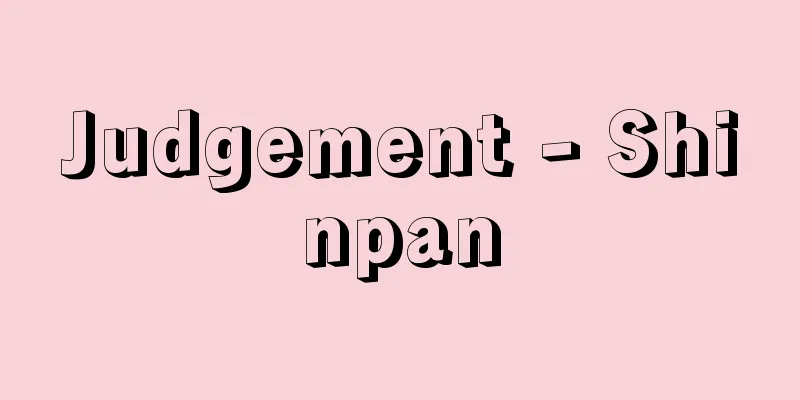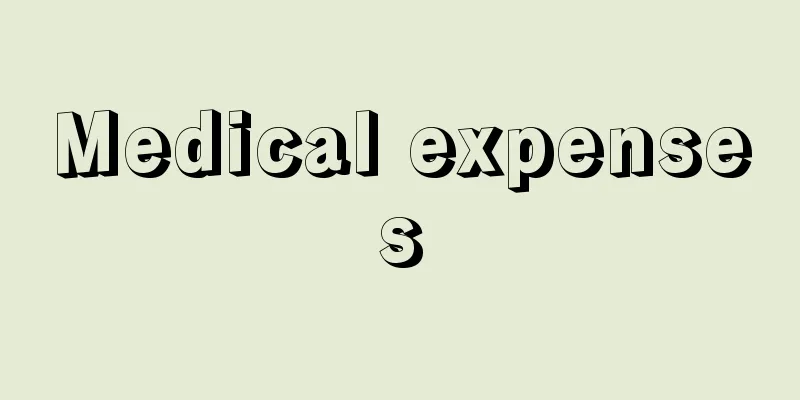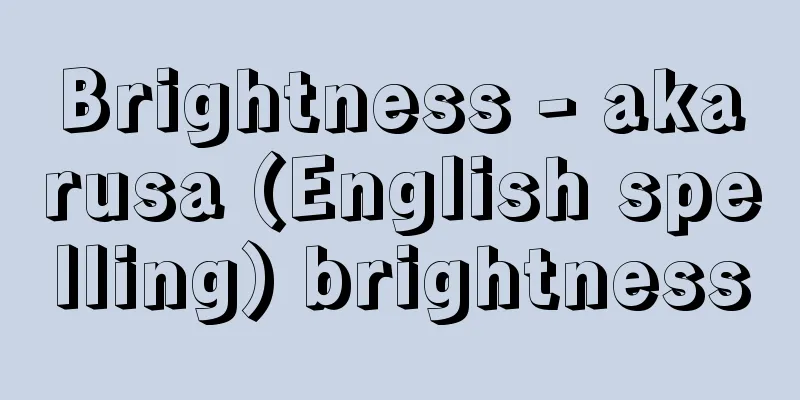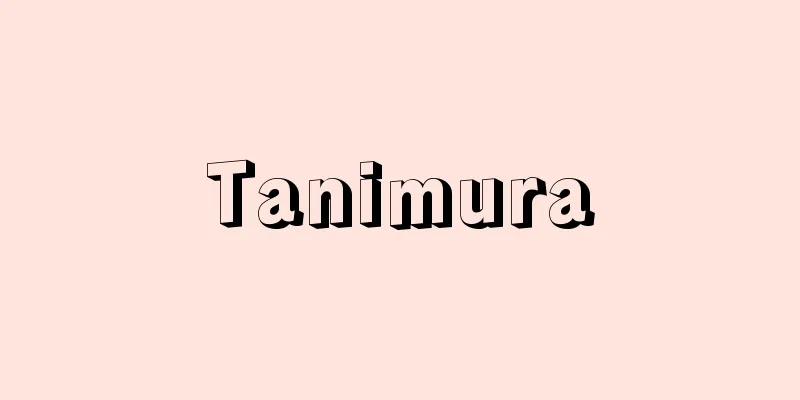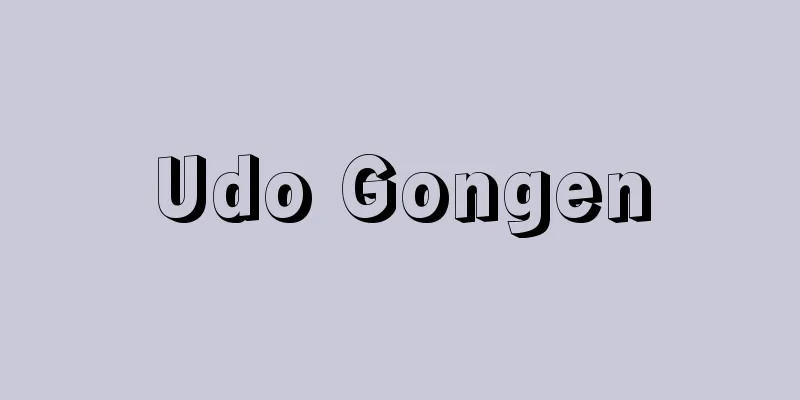Psychotherapy - Seishinryoho (English spelling) psychotherapy
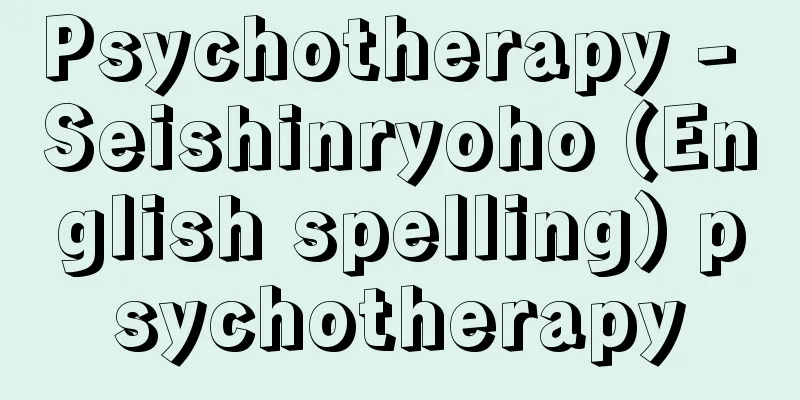
|
In contrast to physical therapy, which uses physical equipment to treat patients with physical means, or drug therapy, which uses medicine, psychotherapy is a therapy that aims to relieve symptoms and reconstruct a patient's attitude toward life, primarily through psychological manipulation and the therapeutic human relationship between the therapist and the client receiving the treatment or support. Psychotherapy can also be translated as "psychotherapy." Tsuneo Imura (1906-81), a psychiatrist who first used the term, said that the term "psychotherapy" can be confused with "healing" performed by new religions with a religious doctrine as a background, and that many people interpret it as a magical technique that has not been scientifically examined, so he rejected this and emphasized that treatment using mental means should also be based on a theory with a scientific basis. However, even though it is a mental method, it often also deals with the nature of the human relationship itself, mainly through verbal or non-verbal communication between the therapist and the client, and in that sense, the term psychotherapy is difficult to abandon in the sense that it is about the total human existence of the therapist and the client as real beings, and both translations are currently used. In particular, it would be more appropriate to call Logotherapy (German) by the Austrian psychiatrist Viktor Emil Frankl (1905-97), who saw the cause of illness in the client's existential frustration. The main goal of psychotherapy is to help people with so-called psychogenic adjustment disorders, whose causes are conscious or unconscious conflicts, to readjust. Therefore, suitable conditions for psychotherapy include psychoneurosis, psychosomatic disorders, neurotic aggravation of physical illnesses, and adjustment disorders caused by mild personality imbalances. Although psychiatric disorders such as schizophrenia were not suitable for psychotherapy, in recent years psychotherapy has been used in addition to or in combination with drug therapy. This is because the view of the causes of onset has changed, and while the involvement of psychological factors is now recognized, new technical and theoretical developments have also been seen in psychotherapy. In any case, when administering psychotherapy, the subject must be selected correctly and an appropriate treatment method must be chosen. It is important that therapists have the knowledge and skills to make differential diagnoses, as well as the necessary training in psychotherapeutic techniques. Inappropriate psychotherapy may actually increase the patient's suffering. Psychotherapy has various therapies with their own theoretical systems and techniques based on those theories, but they can be broadly divided into directive and non-directive therapies. Directive therapy is a type of therapy in which the therapist strongly guides the client's thoughts and feelings based on his or her own values, while non-directive therapy is a type of therapy in which the therapist maintains a therapeutic relationship with the client based on mutual trust and communication, and with the therapist's help helps the client find a solution in a direction that they believe is correct according to their own values, and sometimes even achieves a change in their values. Today, among the psychotherapies that have many supporters in Japan, a representative directive therapy is Morita therapy, founded by Masatake Morita (1874-1938), and a representative non-directive therapy is client-centered therapy, proposed by the American psychologist Carl Ransom Rogers (1902-87). In psychoanalytic therapy, which is as widely practiced in Japan as Morita therapy, its founder Freud emphasized the neutrality of the therapist, but some of his direct disciples already believe that active involvement from the therapist is necessary, and the distinction between directive and non-directive is not always easy. Treatment mechanisms of psychotherapy include supportive therapy that aims to strengthen adaptation through post-hypnotic suggestion or persuasion, release of pent-up emotions through verbal or behavioral expression of distress about symptoms and the circumstances that triggered them, insight into the formation of symptoms as a conflict situation and an adaptation failure at a conscious or unconscious level, re-education or reorganization of adaptation through training such as desensitization or corrective re-experiencing, but it should be considered that no therapy relies on a single mechanism, but rather on multiple interrelated mechanisms. [Katsumi Kakeda] [References] | | |Source: Shogakukan Encyclopedia Nipponica About Encyclopedia Nipponica Information | Legend |
|
理学的機器を用い物理的手段によって治療を行う理学療法や、医薬を用いる薬物療法などに対比して、主として心理的操作、さらには治療者と治療または援助を受けるクライエントclient(来談者、クライアント)との間の治療的人間関係を媒介として、症状からの解放や生の構えの再構成を目ざす療法をいう。サイコセラピーは心理療法とも訳される。初めてその訳語を用いた精神医学者井村恒郎(いむらつねろう)(1906―81)は、精神療法という語には、宗教的教義を背景に新興宗教などで行われる「癒(いや)し」などと紛らわしく受け取られるものがあり、科学的検討を経ない呪術(じゅじゅつ)的印象を読み取るものが多いのでこれを退け、心的手段による治療も科学的根拠をもつ理論にたつべきことを強調する意図であるという。しかし、心的手段によるとはいっても、主として治療者とクライエントとの間の言語的あるいは非言語的コミュニケーションを媒介として人間関係のあり方そのものをも取り上げることが多く、その点では実存としての治療者とクライエントとの全人間的存在が問題となるという意味では精神療法という用語も捨てがたいとされ、両訳語とも用いられているのが現況である。とくにクライエントの実存的欲求不満に病因をみるオーストリアの精神医学者フランクルViktor Emil Frankl(1905―97)のロゴテラピーLogotherapie(ドイツ語)のごときは、むしろ精神療法とよぶほうがふさわしいといえよう。 精神療法のおもな目標は、意識的あるいは無意識的な葛藤(かっとう)に原因をもつ、いわゆる心因性の適応障害者を再適応に導くことにある。したがって適応症は、精神神経症、心身症、身体的疾患の神経症的加重、性格の軽い偏りによる適応障害などである。統合失調症(精神分裂病)などのような精神病は適応外とされたが、近年は薬物療法以外に、あるいはこれと併用して精神療法が行われることが多くなっている。発症原因についての見解も変わり、心因の関与を認める一方、精神療法にも技法的、理論的な新しい展開をみたためである。いずれにせよ、精神療法を施すに際しては対象の選択が正しく行われ、適切な治療法が選ばれなければならない。治療者は鑑別診断のできる知識と技能をもつとともに、それに必要な精神療法の技法上の修練を積んでいることがたいせつである。不適切な精神療法は、かえって苦悩を増強することもある。 精神療法にはそれぞれの理論体系とそれを基本とした技法をもつ諸療法があるが、指示的療法と非指示的療法に大別される。指示的療法は、治療者が自己の価値観に基づいてクライエントの思考や感じ方を強力に導こうとする療法であり、非指示的療法は、治療者がクライエントとの間に相互信頼と意思疎通性による治療的人間関係を保ちつつ、治療者の援助のもとにクライエント自らの価値観に従って正しいと思う方向に解決の道をみいださせていき、ときには価値観の変革を達成させていく療法である。今日、日本で多くの支持者をもつ精神療法のうち、代表的な指示的療法としては森田正馬(まさたけ)(1874―1938)が創始した森田療法があり、代表的な非指示的療法としてはアメリカの心理学者ロジャーズCarl Ransom Rogers(1902―87)が提唱したクライエント中心療法をあげることができる。森田療法と並んで日本でも広く行われている精神分析療法でも、その創始者であるフロイトは治療者の中立性を強調したが、その直弟子のなかにはすでに治療者の積極的関与を必要と考えるものがいるなど、かならずしも指示・非指示の区別は容易ではないことが多い。 精神療法の治療機序としては、後(ご)催眠暗示や説得などによって適応強化を図る支持療法、症状についての苦悩やその端緒となった状況などの言語的あるいは行動的な表出を通じての鬱積(うっせき)した情緒の発散、意識的あるいは無意識的レベルでの葛藤状況および適応失敗としての症状形成への洞察、脱感作(かんさ)法などの訓練や修正的再体験による再教育または適応の再編成などがあげられているが、どの療法でもまったく単独の機序によるものではなく、互いに入り組んだ複数の機序が働くものと考えるべきである。 [懸田克躬] [参照項目] | | |出典 小学館 日本大百科全書(ニッポニカ)日本大百科全書(ニッポニカ)について 情報 | 凡例 |
<<: Mental labor - Seishinroudou
>>: Psychopharmacology - Psychopharmacology
Recommend
Dickins, FV (English spelling) DickinsFV
...As it was later described as the "School ...
Hematuria
Concept Hematuria is a condition in which an abnor...
Administrative Affairs - Kousho
Abbreviation or common name for Xing Zhongshu She...
Tekka miso (Tekka miso) - Tekka miso
A type of namemiso. Roasted soybeans, chopped burd...
Pu Songling
The first literary figure of the Qing Dynasty in ...
Yogavāsiṣṭha (English spelling)
An ancient Indian philosophical text, also known a...
Spalling
A phenomenon in which refractories break due to im...
Roman Mstislavich
...As Kievan Rus's status as the Grand Prince...
Relic - Fumotsu
In ancient times, funeral expenses were paid when ...
Ortepzu - Ortepzu
…Recent developments in computer graphics have ma...
Disposal of Domain Bonds - Hansai Shobun
With the abolition of the feudal domains and the e...
Cachexia edema
…The causes of a decrease in albumin are insuffic...
Akatateha (English spelling) Indian red admiral
This butterfly belongs to the order Lepidoptera, ...
Molinos, Miguel de
Born June 29, 1628, Muniesa, Aragon Died December ...
Bimetals - Bimetal (English spelling)
Two thin alloy plates with different thermal expa...
